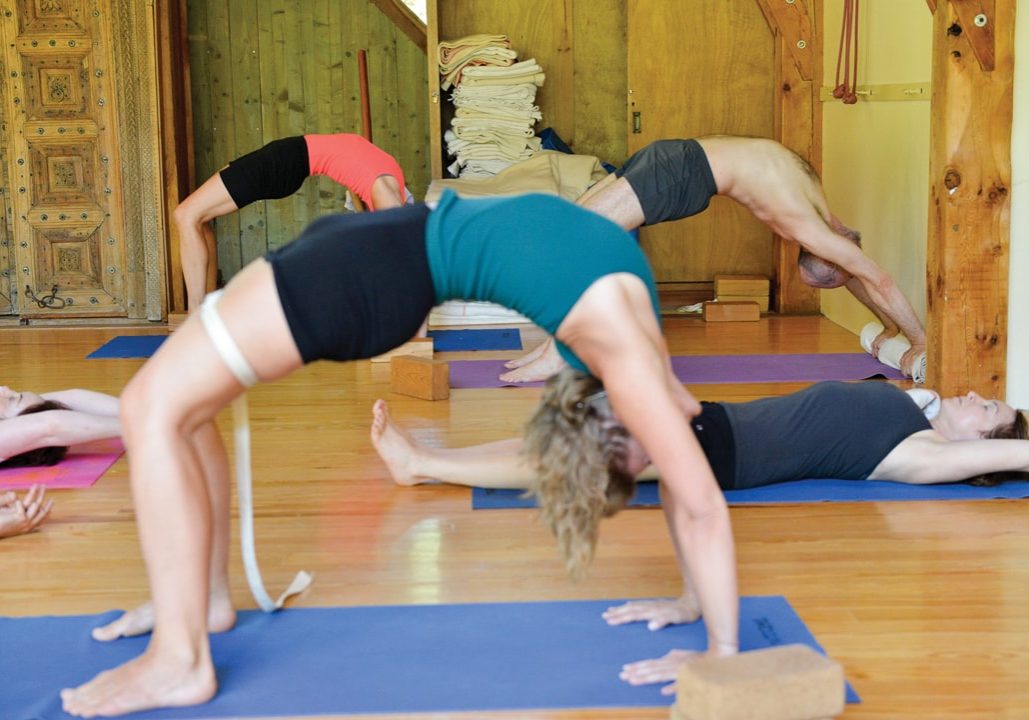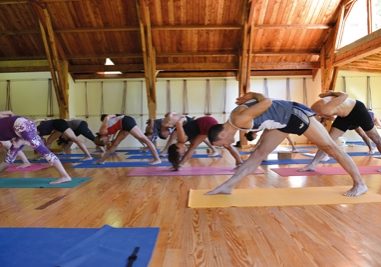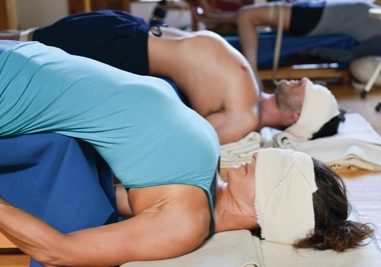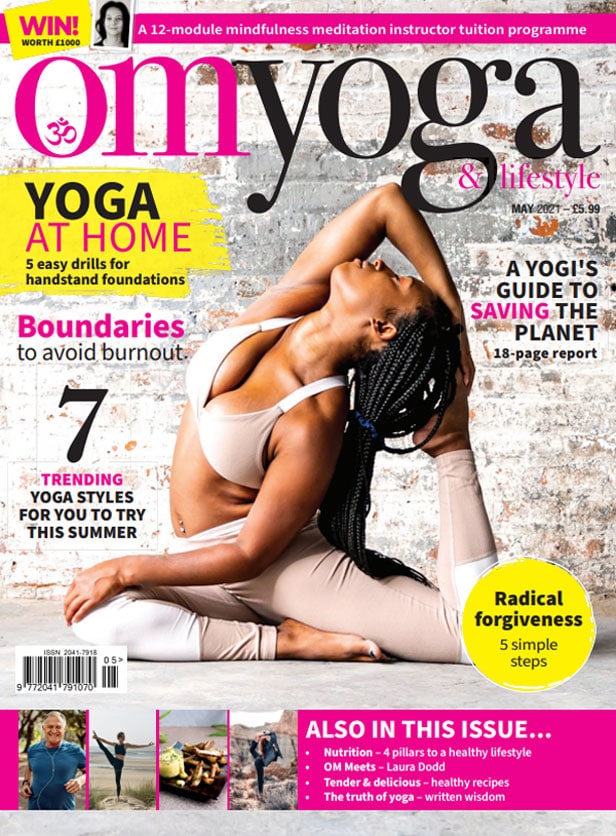
Iyengar yoga
A classic, long-established yoga practice for all. By Katie Owens
Iyengar Yoga is named after the late BKS Iyengar, who is credited with bringing yoga to the West and acknowledged as one of the world’s most influential yoga teachers (Iyengar’s guru was T. Krishnamacharya, known as the grandfather of modern yoga). Known for its detailed focus on correct alignment and depth of knowledge of the postures, it’s a safe way for people of all abilities to practice.
BKS Iyengar’s 1966 book ‘Light on Yoga’ is often called the ‘bible of yoga’ and has been translated into many languages and sold millions of copies.
Who is it for?
Iyengar Yoga appeals to all abilities, age groups and body types as the poses can be modified to suit your body using props such as bricks, belts and blankets. In most Iyengar Yoga classes you’ll find a mixture of abilities – it’s definitely not just for the young, fit and flexible! Learning correct alignment and sequencing reduces the risk of strain and injury.
Beginners will start with the basics, gaining a thorough and progressive introduction to yoga; you won’t be expected to do anything you’re not ready for. After that, you’ll learn more complex asanas and start to work in a more refined way.
Those looking for authentic teaching from a well-established lineage will find that strong standards are maintained by the Iyengar family (who still actively teach and run the main Iyengar Yoga institute, RIMYI, in Pune, India). Their depth of experience provides a rich and detailed knowledge base for teachers and students to learn from. There’s a large, friendly global Iyengar Yoga community and the certification standards in place mean you can expect to find the method taught in a similar way around the world.
What’s it like in a class?
The quality of teaching is high: teacher training is extremely thorough, and it takes at least six years to qualify, with only the most experienced teachers allowed to teach yoga therapy – so as a student you’re in safe hands. Iyengar Yoga therapy teachers have a huge amount of knowledge on how to help people with a wide range of health issues, and many find long-term problems can be resolved.
Expect to be challenged! You might find you ache a bit afterwards. Your teacher will encourage you to use props if necessary, to help you avoid overextending.
Each class tends to focus on a particular theme such as standing poses, forward bends, back bends or twists. Inversions like headstand and shoulder-stand are usually included for those who are ready, and, as with other poses, these can be modified for comfort and ability.
You’re likely to work on each pose for a while, repeating and working in detail on the subtle actions involved. Your teacher will check that you’re working in the correct way and will make adjustments as necessary, sometimes using props. Focusing on opening up the body and discovering the correct action in a pose can be very uplifting, bringing a feeling of freedom to the body and mind.
The idea of meditation in action is an important part of the Iyengar system too. Being totally aware and absorbed in the poses as you practice is meditation: body and mind communicate at a subtle level and are harmonised. It isn’t just physical exercise and deep breathing: although there are many physical benefits, the ultimate aim is to integrate mind, body and inner self.
What else?
Little-known fact: BKS Iyengar created the first yoga mat and invented yoga props. On an early visit to the UK, he realised carpet underlay could be used to stop students from slipping on the floor; he’d also help students who weren’t able to do the classical asanas with household objects such as pots, bricks and pieces of rope.
Yoga for women: Geeta Iyengar, BKS Iyengar’s daughter, was a champion of yoga for women, adapting her father’s method and suggesting various asanas, pranayama and sequences for different stages in a woman’s life including menstruation, pregnancy, postpartum, and menopause. Her book ‘Yoga: A Gem for Women’ is a pioneering work offering practice for every stage of a woman’s life.
Certified Iyengar yoga teachers are required to undertake regular professional development and renew their licence to teach each year (you can check if a teacher is registered by going to: iyengaryoga.org.uk)
The language of yoga You’ll probably start to become familiar with the Sanskrit names of the poses. Iyengar Yoga teachers tend to use these rather than English translations.
Where can I try it?
There are more than 1,200 teachers around the UK and Ireland and there are classes in many countries around the world. Search for an online or in-person class at: iyengaryoga.org.uk


Katie Owens, Iyengar Yoga (UK)
Images: Heather Elton




